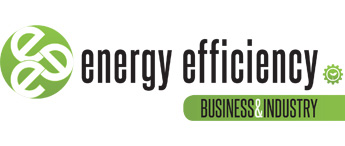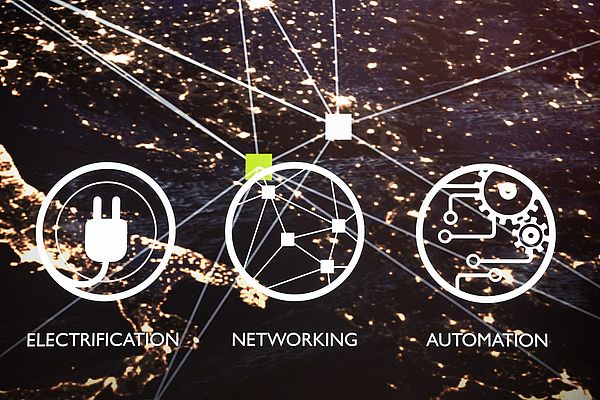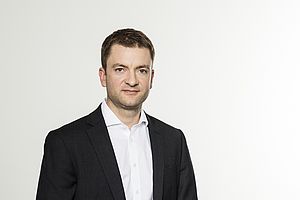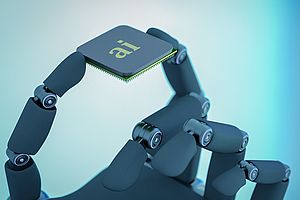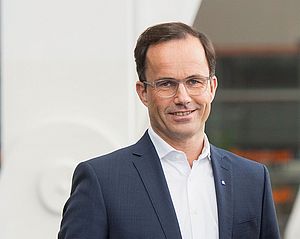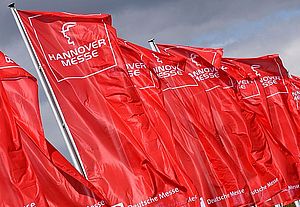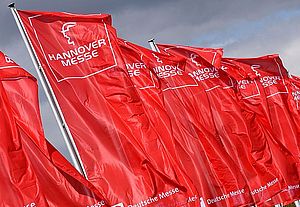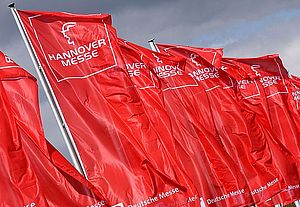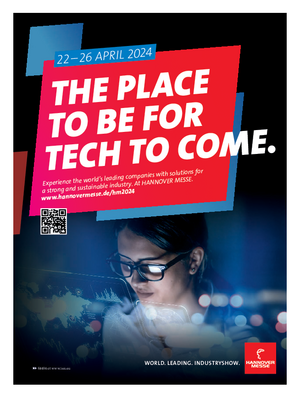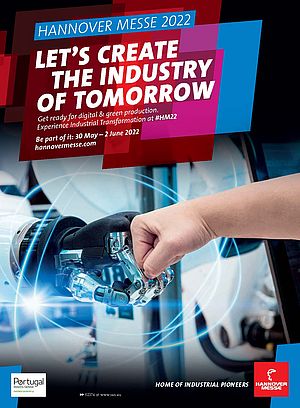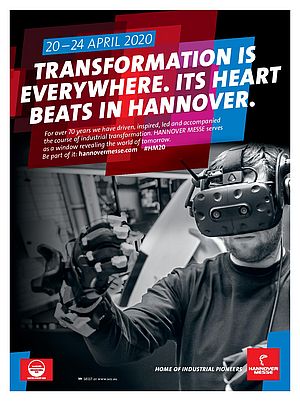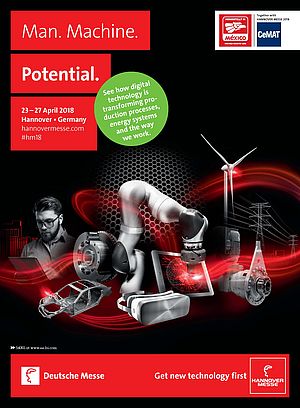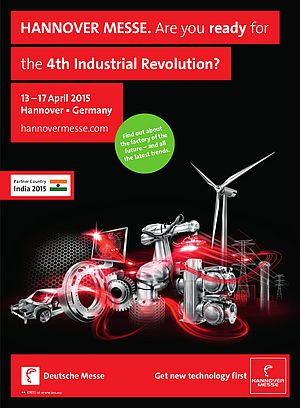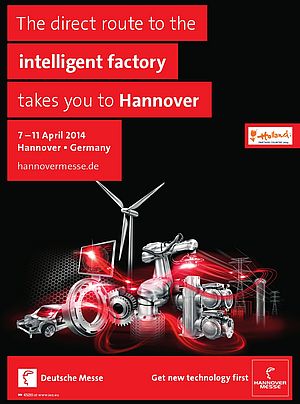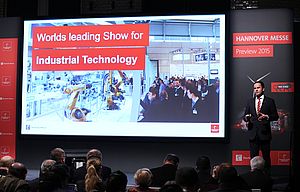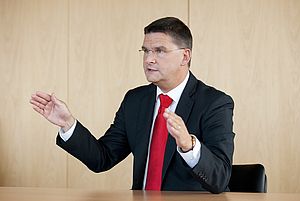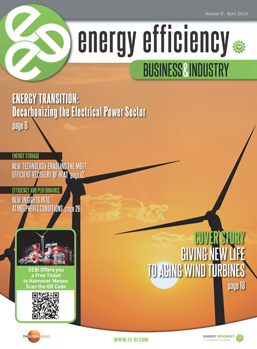Potential energy savings are spawned by the interaction of IT and OT (operational technology). Smart Energy Monitoring from Hannover Messe exhibitor Baumüller, for example, helps users determine and subsequently optimize their carbon footprint. But most industrial users are still barely aware of many concealed consumption cases. Unregulated motors in pumps, fans, compressors or machines are still part of everyday life in many factories. Without control technology and the interaction of OT and IT, energy efficiency improvements are scarcely feasible. Direct current lines (DC), for example, are gaining in importance. The advantage of DC is that frequency converters will become smaller, and the factory will become a “prosumer” – i.e. both a consumer and a supplier of energy. In addition, machines will communicate with the energy supply, or companies will build smart grids within the company – for example, to use employees’ e-cars as intermediate storage units. At the same time, customers are demanding greater system efficiency. A logistics center doesn't always have to run at 100 percent capacity when the machines know that a truck is stuck in a traffic jam. “To solve such tasks, you need domain knowledge. That's what we have as automation companies, and that’s why many tech companies envy us,” explains Christian Wendler of the exhibiting company Lenze. He predicts a decade of automation.
The Energy 4.0 Conference Stages at Hannover Messe are dedicated to precisely these issues, providing an outstanding communication and competence platform for topics of an energy-intelligent, climate-friendly and sustainable future. Here, industry thought leaders, first-rate experts and practitioners will present the latest trends and answer industry’s questions.
Industry consumes around 45 percent of the electricity in Germany, with drive systems accounting for around 70 percent of it
The many European automation companies are certainly also winners of the higher energy prices, because they have the technical answers for many applications – from storage solutions to speed control or DC networks. Energy conservation can only be achieved through the interaction of data, algorithms and physics. In addition, there is the factor of connectivity. Until now, energy data has been left out of the equation for many companies. But companies need to bring production and energy data together. Automation can help to conserve energy, water and CO2. One example is the Schaltbau plant. Both highly automated and with a DC power supply, it is expected to reduce costs by up to 35 percent. According to research conducted by Dr. Mirjana Ristic of Bosch Rexroth within the framework of technology scouting surrounding DC technology and the results of the publicly funded DC-INDUSTRIE project, there is great potential for energy savings in this technology: “Industry consumes around 45 percent of the electricity in Germany, with drive systems accounting for around 70 percent of it. If we start there, we can achieve major efficiency gains,” she explains. Within the German Electro and Digital Industry Association (ZVEI), experts calculate an energy conservation potential of around ten percent, with an estimated cost effect of approximately 20 percent. This is mainly due to savings involving AC to DC converters on motors. Average plant availability can moreover be increased to around 98 percent, according to the experts.
